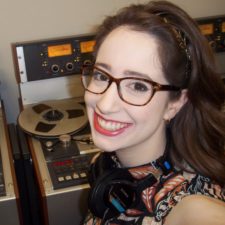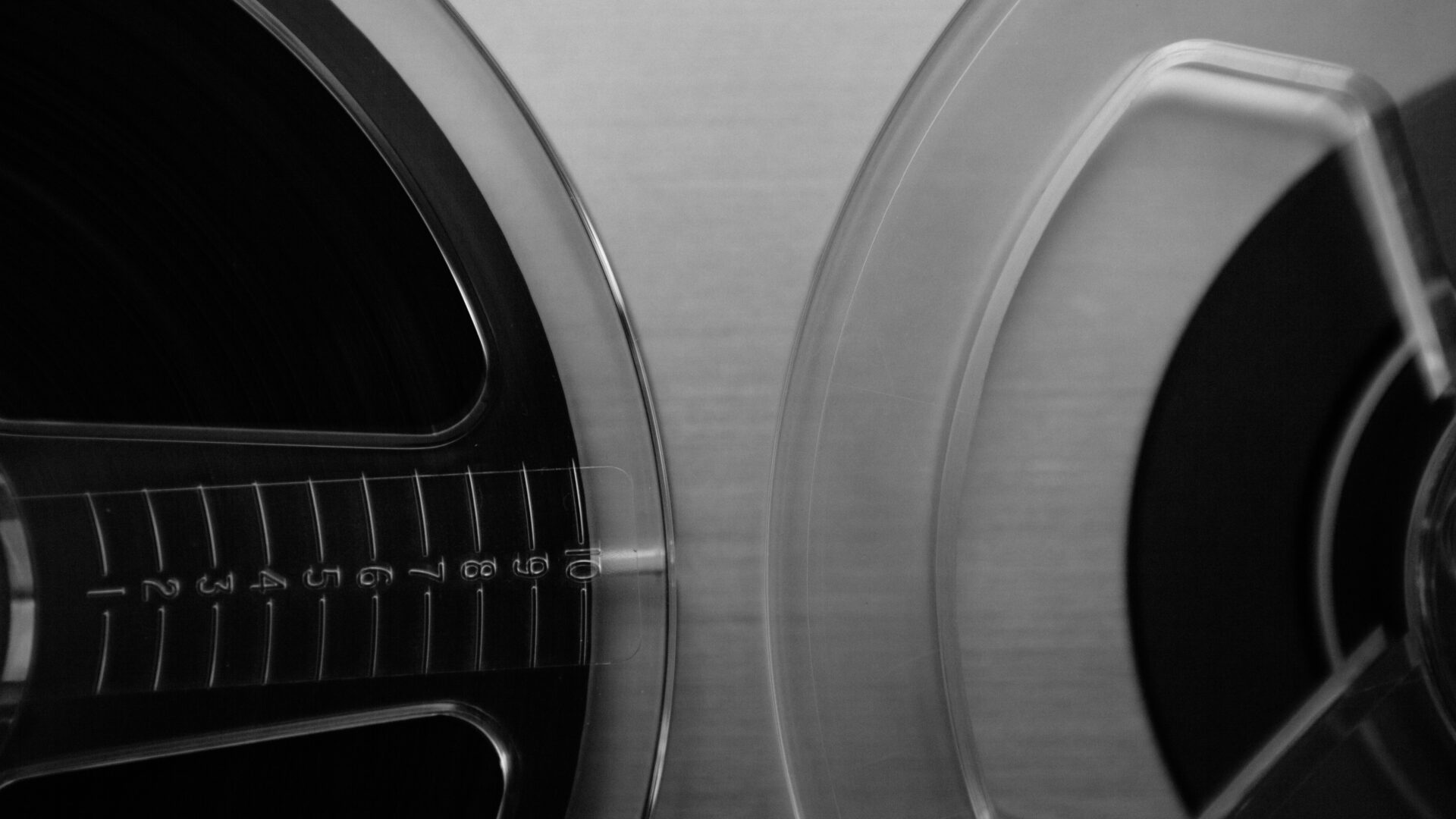In his landmark essay “The Work of Art in the Age of Mechanical Reproduction” (1936), critical theorist Walter Benjamin condemns the degradation of authentic aesthetic experience by the modern developments of reproduction (i.e., film and photography).
While the philosophies of the Frankfurt School aren’t often consulted in the information profession, the concept of authenticity is. As an archivist, my role is to neither edit nor interpret history; it is to present history. If I’m a good archivist, my role is to present history consistent with the period and manner in which it was produced: for it to be presented fully (unabridged, warts and all) and with the intention of preserving its integrity.
While my modern sensibilities can be offended by the description attached to an item (that is, by the arcane cataloging produced by the period), it is only in this respect that I can provide a revisionist lens in the curation of these materials — in the context I provide to represent them descriptively — not in tampering with the presentation of the item itself.
Digitization, the process by which analog materials are reformatted to a digital medium (e.g., scanning a Polaroid) and preserved in bits and bytes, presents an aesthetic hurtle then in the pursuit of authentic presentation. Can the digital surrogate of an item really stand in that item’s place? Or is the digital surrogate just the bastardized form of its originator, strictly serving the purpose of keeping the content, while not the medium, of the originator intact? Or does the creation of the digital surrogate signify new life, defined in its own right, rather than by its relationship to its originator? I think Mary Shelley could have been relied upon to weigh in on this debate.
A possible answer to these questions may be located in the practices of NPR’s Research, Archives and Data Strategy (RAD) team, where I have been spending my summer as an Audio Reformatting Intern. Here I seek to capture audio from legacy media (in the form of open reel magnetic tape and CDs), beginning with NPR’s first broadcasts in 1971, to transfer into digital (WAVE) files for ingest into our archival database and made available for research by our journalists.
In audiovisual archives particularly, if legacy media is not captured and preserved digitally, it is inevitable we will lose the content for good. Magnetic tape, for example, is inherently at preservation risk as it irreversibly degrades over time. Digital “surrogacy” then does not always seem the most appropriate term; one day, the surrogate will take on a far more elevated role as the only version of the content left.
Ironically, when we face the inevitability of irreparably losing our content forever, the authenticity of the digital surrogate becomes the standard by which the preservation of the original, now lost, item’s authenticity is measured.
Therefore, producing the highest fidelity to the original is, obviously, the archivist’s ultimate goal in digitization. To use another Benjamin term (though he would argue this is impossible), the archivist wants to present the aura of the original in its digital surrogate.
For example, in audio digitization, a sure sign that the audio being captured is of the highest quality is the ability for the listener to detect the “mouth sounds” of the speaker in the recording. (Note: If you suffer from misophonia a career in audio archives might not be for you!) In magnetic tape recordings (my focus in RAD), this is accomplished by properly adjusting the azimuth, a process similar to tuning a musical instrument.
Audio signal is recorded onto magnetic tape in a specific pattern. For a tape to be reproduced with the highest fidelity, the azimuth, the angle between the tape heads of the player and the audio tape itself, must be aligned so that the playback head (capturing audio for digitization) matches the angle of the record head (which recorded the original signal) so that it can read the pattern of the signal correctly.
If the azimuth is not aligned properly, the higher frequencies, specifically, will be lost during digitization. A loss of higher frequencies results in a muffled recording during playback, devoid of the wider audio spectrum present in the original recording. Hearing Susan Stamberg’s subtle intake of breath or detecting Nina Totenberg’s brief smacking of lips are clear indications that the reformatting is of high fidelity. More importantly, it’s a sign that the legacy media has been authentically presented through its digital surrogate.
Digitization is a hotbed topic in the archives profession today, as institutions work to define best practices when entering a space that straddles the theory of traditional archives and the application of the digital environment.
Entering this space is predicated on making history even more accessible, commensurate with the ever-evolving dissemination of information in the digital age. Increased accessibility, however, does not equate to loss of quality. This egalitarian philosophy seeks to not only reconstruct the historical narrative in its entirety, but make it discoverable for all, rather than regurgitating the same perspectives to the tweed-clad professor in the basement of the Ivy League library.

Susan Booth received her Master of Science in Library and Information Science from Simmons College in Boston. She is interning with NPR’s Research, Archives and Data Strategy (RAD) division, working to preserve the legacy of NPR’s broadcast history. When she’s not working in audiovisual archives, she’s building her record collection and reading up on presidential history.


0 comments on “Is This The Reel Life? Digital Surrogacy and Archival Authenticity”